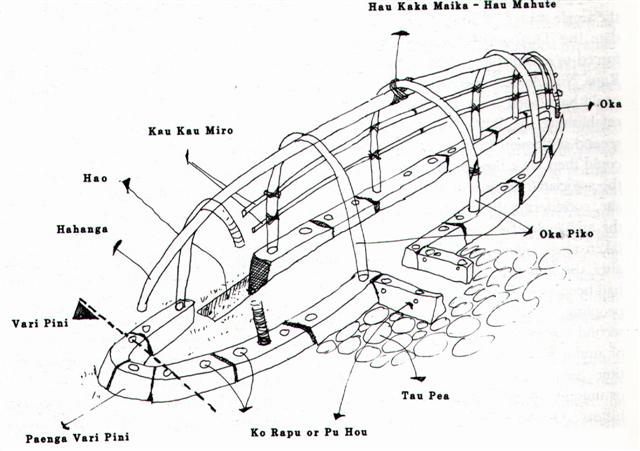5. If entering a hare paega is like entering the night (no windows allow any light from the outside to reach our eyes), then we can draw the conclusion that our model hare paega implies the quarter from spring equinox to summer solstice is connected with the night.
Or to be more precise, there seem to be at least 32 nights from spring equinox which are connected with the night, and maybe the idea is to define a structure with 4 * 29½ = 118 days centered at day 6 * 29½ = 177 counted from Gb8-30 (or rather centered at day 8 * 29½ = 236 from tamaiti in Gb7-3):
If we begin to count the henua calendar from Ga3-2 (with ordinal number 62 as in 59 + 3) and if we end with Ga7-10 (180), then there will be 180 - 61 = 119 glyphs in the calendar:
But if we begin with manu kake there will be 4 months with 30 days in each, which looks better:
From Rogo in Gb6-26 there are 64 + 121 = 185 days up to and including Ga5-10 (where 5 * 10 = 50). A quarter of 16 lunar months is 4 months. Counted from niu in Ga2-29 there are 4 months with 29½ nights to glyph number 177 (= 6 * 29½):
180 - 177 = 3 = 6 * ½ means Moon and Sun must have been together 6 months earlier:
|
||||||||||||||||||||||||||||||||||||||||||||||||||||||||||||||||||||||||||||||||||||||||||||||||||||||||||||||||||||||||||||||||||||||||||||||||||







